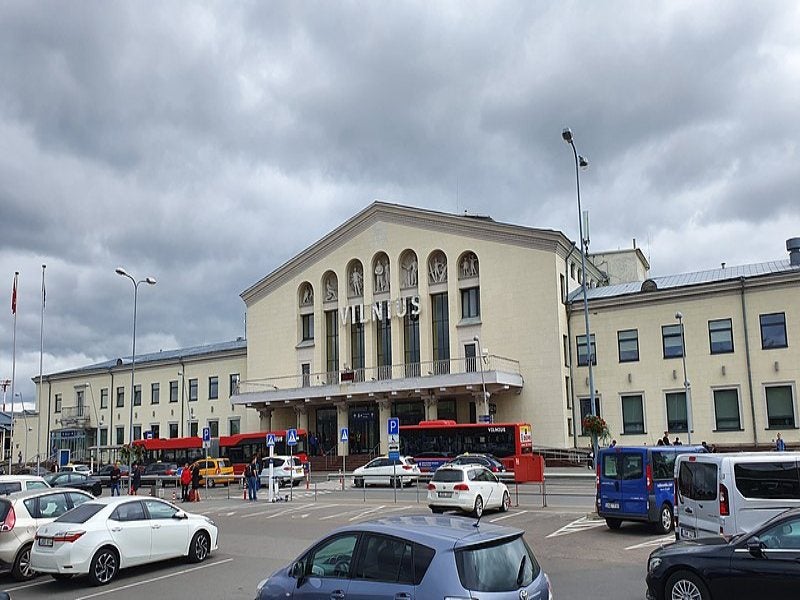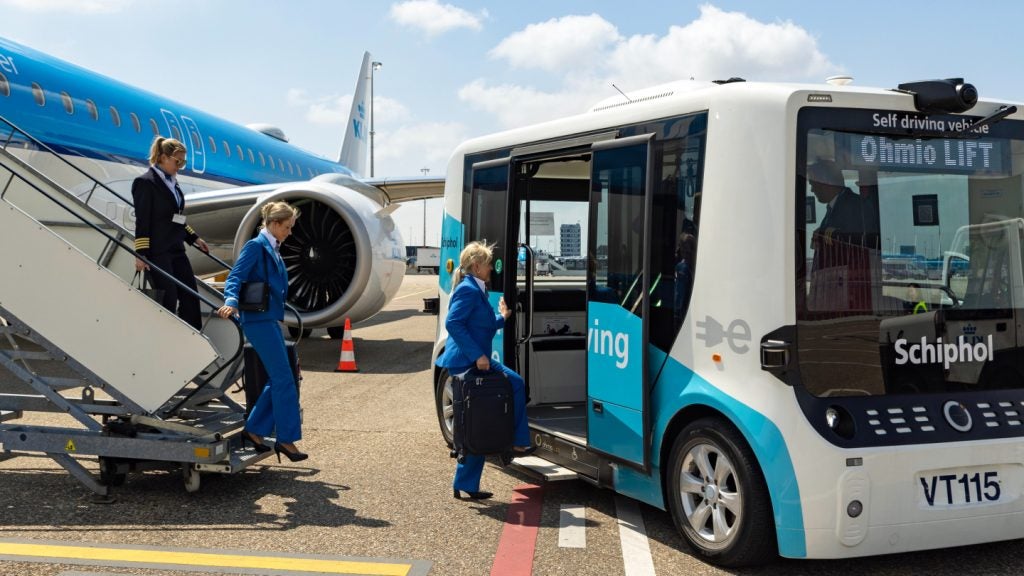
Vilnius Airport in Lithuania has commenced the renovation of taxiways and the reconstruction of its apron this week.
The reconstruction project is aimed at renewing pavements and widening taxiways for the taxiing of larger category aircraft and to implement environmental solutions.
Road and bridge construction company Kaunotiltaiis is carrying out the €34m project, which is expected to be completed by the end of next year.
The majority of the reconstruction project is financed by European Union funds. The scope of the project is said to exceed the 2017 runway reconstruction project of Vilnius Airport, which cost €25m.
Vilnius Airport head Dainius Čiuplys said: “Airports are constantly undergoing renewal, as the existing infrastructure needs to be cyclically renewed and upgraded to meet aviation safety requirements and environmental needs of the current time period.
“Also, all investments are based on calculations that their service and payback should take about ten to 15 years.”
How well do you really know your competitors?
Access the most comprehensive Company Profiles on the market, powered by GlobalData. Save hours of research. Gain competitive edge.

Thank you!
Your download email will arrive shortly
Not ready to buy yet? Download a free sample
We are confident about the unique quality of our Company Profiles. However, we want you to make the most beneficial decision for your business, so we offer a free sample that you can download by submitting the below form
By GlobalDataTaxiways F and E will be renovated in the western part of Vilnius Airport by the end of this year, during the initial stages of the project. The contract also includes the installation of additional taxiways.
A new taxiway Z will be installed to connect the new northern apron with the runway threshold. The taxiing of aircraft on a newly constructed taxiway is anticipated to reduce the occupancy and clearance of the runway.
The renovation of the northern apron at Vilnius Airport includes the installation of new asphalt pavement and concrete aircraft parking stands, parking stand markings, energy-efficient lighting, installation of new lights, and more efficient surface water drainage solutions.
This apron will also use modern Ground Power Units, which will serve aircraft more conveniently.
The airport noted that the reconstruction and renovation works will not interrupt its normal operations.







